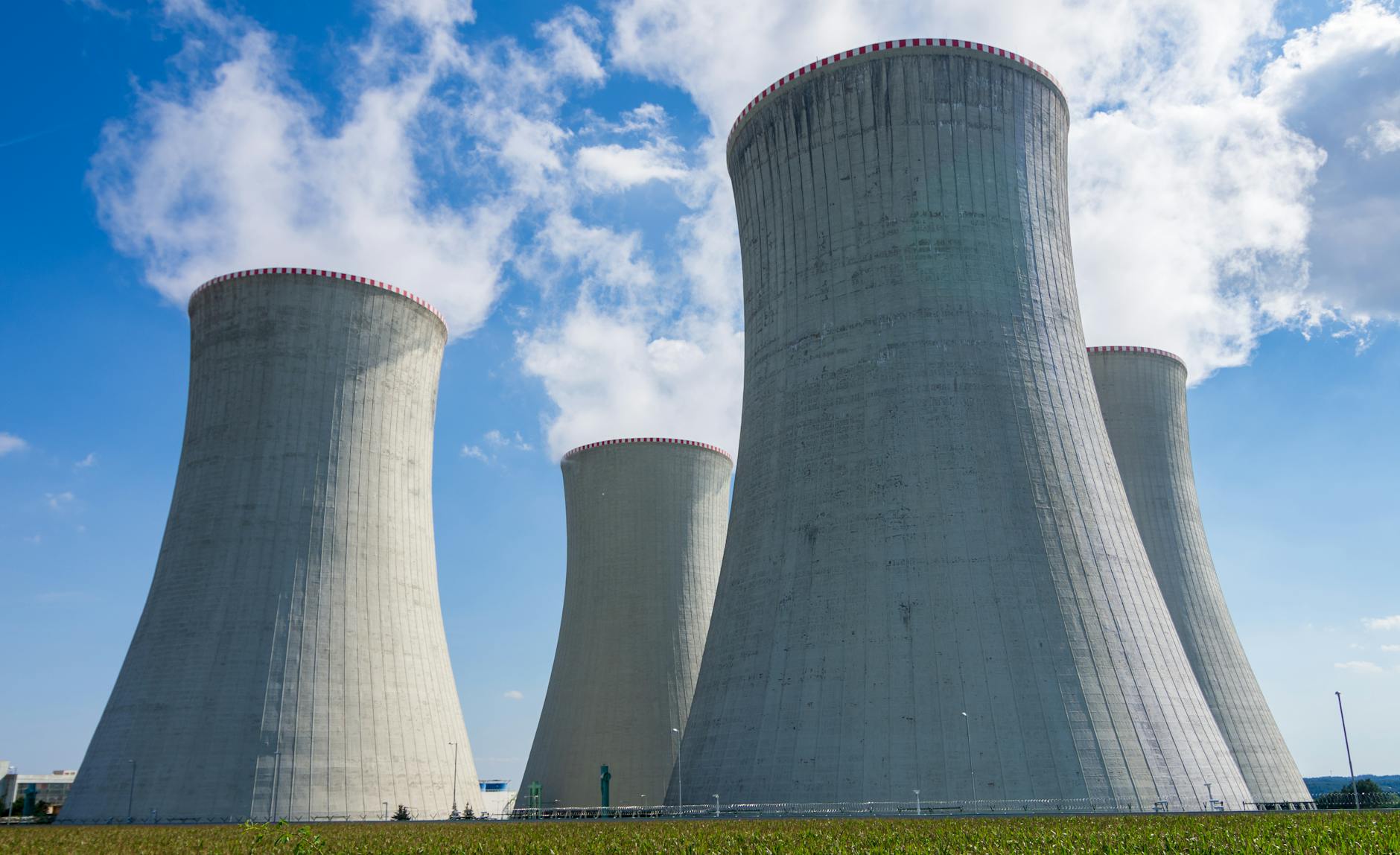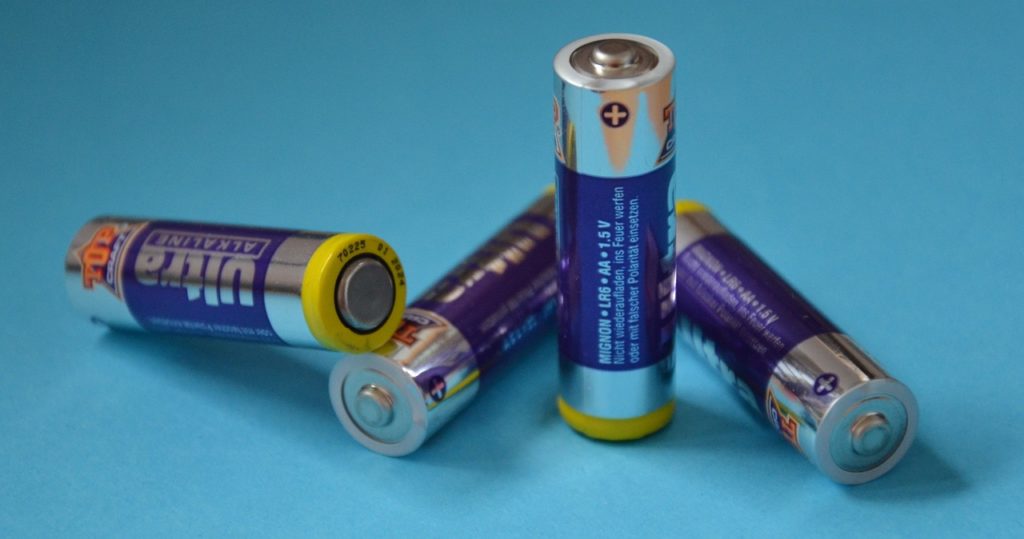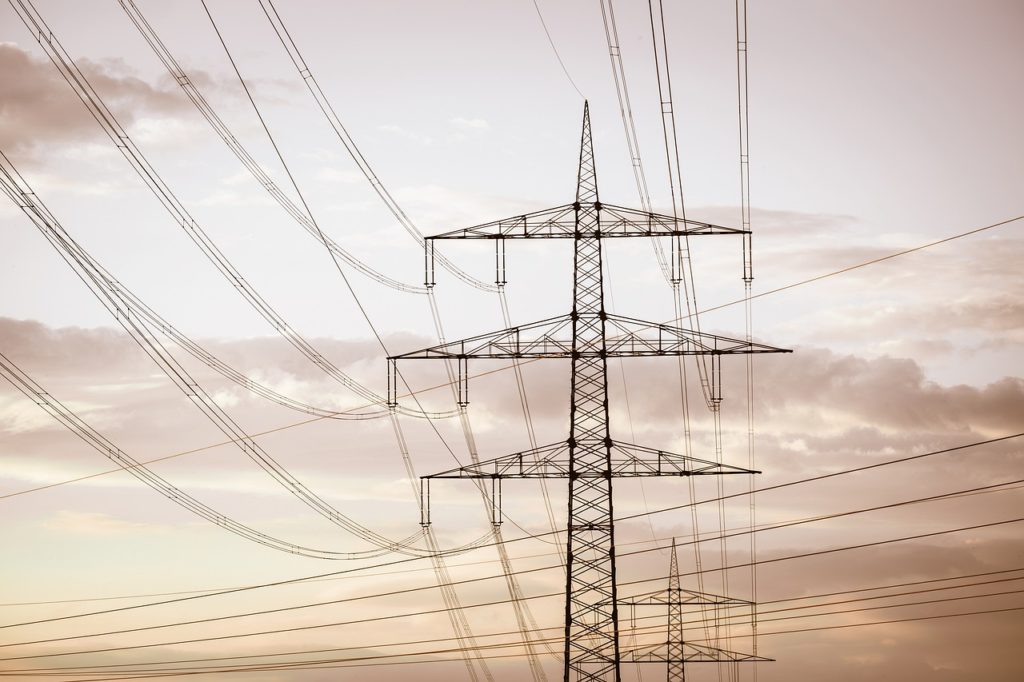
Introduction to Nuclear Fusion:
As the pursuit of clean and sustainable energy intensifies, nuclear fusion emerges as a promising frontier that blurs the lines between renewable and non-renewable energy sources. In this exploration, we will unravel the potential of nuclear fusion power generation and examine how it navigates the distinctions inherent in the renewable vs. non-renewable energy debate.
Renewable-Like Features:
Nuclear fusion mimics certain characteristics of renewable energy sources. The fuel for fusion reactions primarily involves isotopes of hydrogen, such as deuterium and tritium, which are abundant and can be extracted from water and lithium. This contrasts with finite fuel supplies like uranium used in nuclear fission, bringing fusion closer to the concept of renewable resources.
Abundant Fuel Supply
Deuterium, one of the primary fuels for nuclear fusion, is found in abundance in seawater. Tritium can be bred within the fusion reactor itself. This contrasts with the limited supply of fissile materials in traditional nuclear fission, potentially aligning fusion with the sustainable and abundant fuel characteristics of renewable energy.
Minimal Radioactive Waste:
Nuclear fusion generates minimal long-lived radioactive waste compared to nuclear fission. The short half-lives of fusion byproducts reduce the challenges associated with waste management, addressing one of the key concerns that classifies nuclear fission as non-renewable.
Inexhaustible Energy Potential:
The fusion process itself holds immense energy potential, akin to the power of the sun. If successfully harnessed for electricity generation, nuclear fusion could provide a nearly inexhaustible source of clean energy, rivalling the perpetual nature of renewable sources.
Pros of Nuclear Fusion Power Generation:
- Abundant Fuel Supply: Fusion relies on isotopes of hydrogen, which are abundant and widely available.
- Minimal Radioactive Waste: Fusion generates minimal long-lived radioactive waste, addressing concerns associated with fission.
- Inexhaustible Energy Potential: Successful fusion could provide a virtually limitless and clean energy source.
Cons of Nuclear Fusion Power Generation:
- Technical Challenges: Achieving and maintaining the high temperatures and pressures required for fusion reactions is a significant technical challenge.
- Energy Input for Start-Up: Current fusion experiments require more energy input than they produce, raising questions about the net energy gain.
- Complex Engineering: Constructing and maintaining fusion reactors involve intricate engineering challenges and high costs.
Conclusion:
Nuclear fusion power generation holds tremendous promise as a bridge between renewable and non-renewable energy sources. While it exhibits renewable-like features such as an abundant fuel supply and minimal radioactive waste, technical challenges and the need for substantial energy input for start-up highlight its complex nature. As research and development in fusion technology progress, the potential for achieving sustainable and nearly limitless energy production remains a beacon of hope for a cleaner and more resilient energy future.
More: Nature’s Power: Renewable Energy Generation in the Modern World


